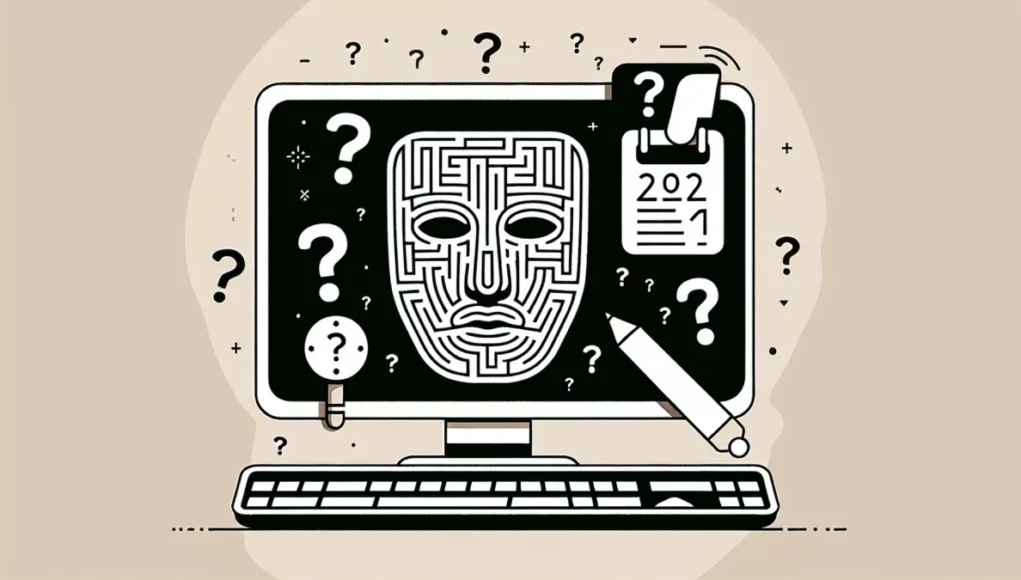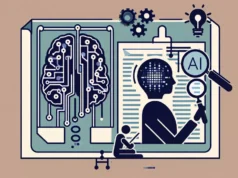In the world of hyper-connectivity, online content has become the key source of information for billions of people worldwide. Social media networks, online publications, digital platforms, and mobile applications, offer a virtually infinite stream of data that includes breaking news, trending issues, entertainment stories, informative articles, persuasive ads, educational insights and more. Yet, as the digital landscape expands, maintaining trust and credibility becomes an increasingly challenging task. No aspect of digital technology has posed a more profound challenge to online trust than deepfakes, a rapidly growing form of artificial intelligence-based technology that manipulates or fabricates video and audio content to represent real individuals saying or doing things they never did.
Deepfakes first came into the public eye around 2017, catapulting into the limelight when an anonymous Reddit user began posting digitally altered pornographic videos featuring the faces of famous celebrities. Since then, the technology has advanced enormously, enabling more sophisticated manipulations that can defraud businesses, smear reputations, spread disinformation, and even endanger national security. As we approach the year 2024, the implications of deepfake technology for online trust pose serious concerns, instigating pertinent questions and vigorous debates from various quarters.
The democratization of artificial intelligence technologies has made deepfake technology increasingly accessible to a wide range of users, both with benign and malicious intent. There are legitimate uses for deepfakes such as in film production, entertainment, journalism, and education. However, the technology is also potentially dangerous, with malicious actors using it to disseminate disinformation, engage in defamation, and perpetrate fraud.
These opposing facets of deepfake technology raise key questions about the trustworthiness of online content moving forward. How can users discern what is real and what is fake in an online world where seeing is no longer believing? How can businesses protect themselves from corporate espionage or fraud perpetrated through deepfakes? How can we prevent the spread of deepfake-driven disinformation that could influence electoral outcomes, incite violence, or fuel social discord? And crucially, how can platforms that host user-generated content protect their platforms from being used as conduits for deepfake dissemination?
There are no easy solutions to these questions. However, the tech community has launched robust efforts to detect and combat deepfakes. Platforms like Facebook, Google, and Twitter have invested in research and development of algorithmic solutions that can automatically detect manipulated content. In 2021, Microsoft introduced a tool that can analyze videos and give a confidence score about whether they have been manipulated.
Regulatory efforts are another part of the equation. In the U.S., measures like the DEEPFAKES Accountability Act and the Identifying Outputs of Generative Adversarial Networks Act have been introduced to Congress, aimed at combatting malicious uses of deepfakes. These regulations would mandate watermarks on AI-generated content and punish creators of malicious deepfakes, although the effectiveness and enforceability of such measures remain unproven.
Education is a key tool in the fight against deepfakes. Media literacy programs that teach digital users to critically evaluate and verify information can help to mitigate the harmful impacts of deepfakes. Recipients and consumers of digital content need to understand the potential manipulative powers of deepfakes and other forms of synthetic media, approach online content with a critical eye, and verify information from multiple credible sources before accepting it as truth.
As our reliance on digital content grows, it becomes more crucial than ever to ensure that we can trust the information that we consume. Deepfakes, fascinating as they may be as a technological novelty, present a formidable challenge to online truth. As we look to the future, we must enhance our defenses, sharpen our discernment, and shape our legal, technological, and educational systems to confront this emerging menace.
Sources:
1. Chesney, R., & Citron, D. (2018). Deep Fakes: A Looming Challenge for Privacy, Democracy, and National Security.
2. Green, J. (2019). Congress confronts deepfakes: What to do?
3. Griffin, A. (2019). Microsoft unveils ‘deepfakes’ detection tool ahead of US election.
4. Lunt, L. (2021). AI-generated ‘deepfake’ photos present a chilling prospect for future of disinformation.






